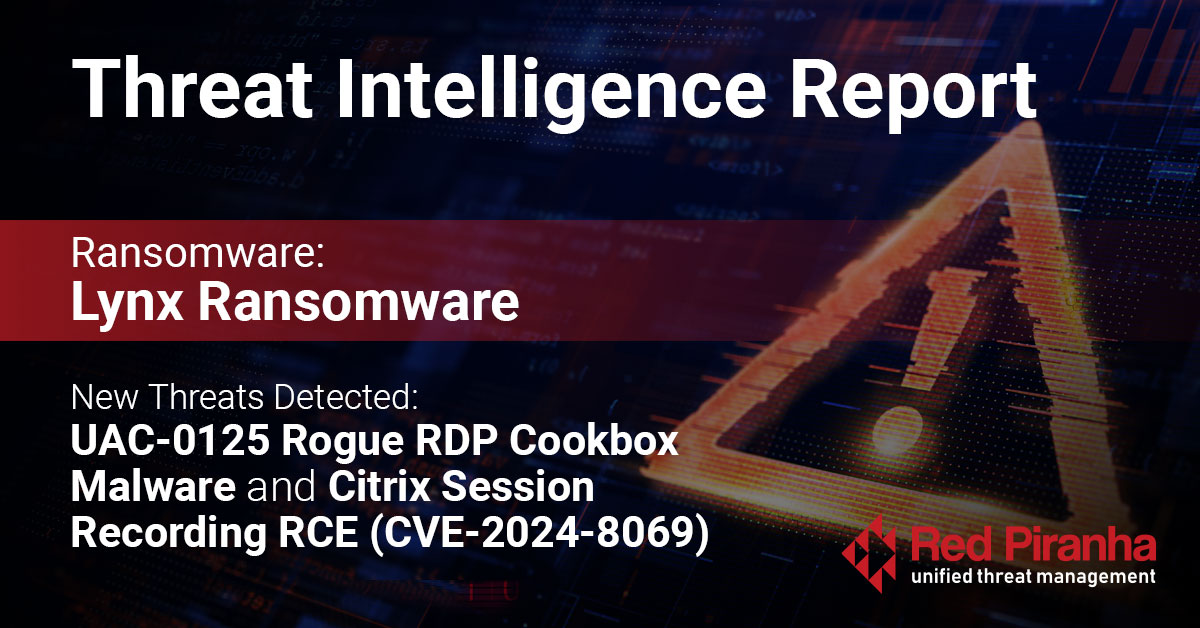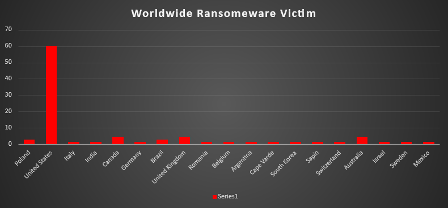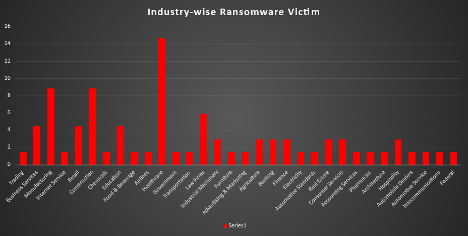
| New Threat Detection Added | 2 (UAC-0125 Rogue RDP Cookbox Malware and Citrix Session Recording RCE (CVE-2024-8069)) |
| New Threat Protections | 249 |
Weekly Detected Threats
The following threats were added to Crystal Eye XDR this week:
Threat name: | UAC-0125 Rogue RDP Cookbox Malware | |||||||||||||||||||||||||||
Cookbox is designed to compromise and extract sensitive information from affected systems. It starts with a phishing email which includes attachments containing configuration files for setting up Remote Desktop Protocol (RDP) sessions (".rdp" files). Launching these files initiated an outgoing RDP connection to the attacker's server. However, the configuration of the RDP files allowed access to local resources such as disks, network shares, printers, COM ports, audio devices, and the clipboard during the connection. This setup not only exposed local resources but also potentially enabled the execution of third-party programs or scripts on the victim's computer. | ||||||||||||||||||||||||||||
Threat Protected: | 118 | |||||||||||||||||||||||||||
Rule Set Type: |
| |||||||||||||||||||||||||||
Class Type: | Trojan-activity | |||||||||||||||||||||||||||
Kill Chain: |
| |||||||||||||||||||||||||||
Threat name: | Citrix Session Recording RCE (CVE-2024-8069) | ||||||||||||||||||
A critical privilege escalation vulnerability has been identified in Citrix's Virtual Apps and Desktops solution. This flaw allows authenticated users to gain SYSTEM-level privileges on the server hosting the virtual applications and desktops. Exploiting this vulnerability enables attackers to impersonate any user, including administrators, and monitor or manipulate user activities. The centralised nature of this system amplifies the potential impact, making it imperative for organisations to apply necessary patches and security measures promptly. | |||||||||||||||||||
Threat Protected: | 01 | ||||||||||||||||||
Rule Set Type: |
| ||||||||||||||||||
Class Type: | Attempted-admin | ||||||||||||||||||
Kill Chain: |
| ||||||||||||||||||
Known exploited vulnerabilities (Week 2 - November 2024)
For more information, please visit the Red Piranha Forum:
https://forum.redpiranha.net/t/known-exploited-vulnerabilities-catalog-2nd-week-of-november-2024/525
Updated Malware Signatures (Week 2 - November 2024)
Threat | Description | |
Qakbot | A malware designed to acquire valuable data such as banking credentials and is also capable of stealing FTP credentials and spreading across a network by utilising SMB. | |
Lumma Stealer | A type of malware classified as an information stealer. Its primary purpose is to steal sensitive information from infected systems, including but not limited to credentials, financial information, browser data, and potentially other personal or confidential information. | |
Remcos | Remcos functions as a remote access trojan (RAT), granting unauthorised individuals the ability to issue commands on the compromised host, record keystrokes, engage with the host's webcam, and take snapshots. Typically, this malicious software is distributed through Microsoft Office documents containing macros, which are often attached to malicious emails. |
| Ransomware Report | |
The Red Piranha Team conducts ongoing surveillance of the dark web and other channels to identify global organisations impacted by ransomware attacks. In the past week, our monitoring revealed multiple ransomware incidents across diverse threat groups, underscoring the persistent and widespread nature of these cyber risks. Presented below is a detailed breakdown of ransomware group activities during this period. | |
| Name of Ransomware Group | Overall %age of total attack coverage |
11.76% | |
Bianlian | 5.88% |
Killsec3 | 7.35% |
El Dorado | 1.47% |
Meow | 13.24% |
Lynx | 13.24% |
Eraleign (APT73) | 2.94% |
1.47% | |
Space Bears | 1.47% |
Black Suit | 10.29% |
Hunters | 7.35% |
RA group | 2.94% |
3AM | 1.47% |
Kairos | 8.82% |
Everest | 5.88% |
Embargo | 1.47% |
Hellcat | 1.47% |

Lynx Ransomware Group Report
Based on the latest Analysis on 14-Nov-2024, In the latest analysis conducted by Red Piranha, the Lynx ransomware samples were found to utilise advanced encryption techniques, including AES-128 in CTR mode and Curve25519 Donna algorithms. During the encryption process, all affected files have the `.lynx` extension appended to them, effectively locking users out of their data.
This variant, developed specifically for the Windows platform, is written in C++ to enhance its functionality and effectiveness.
Detailed TTPs
Primary Execution and Privileges:
The Lynx ransomware employs System Services (T1569) and Service Execution (T1569.002) techniques, requiring elevated privileges (Administrator/SYSTEM). The malware leverages Windows Service Control Manager (services.exe) for execution, utilising process ID 6224 (hash: 9a47ab27d50df1faba1dc5777bdcfff576524424bc4a3364d33267bbcf8a3896.exe). Remote execution capabilities are enabled through PsExec and sc.exe utilities.
System Reconnaissance Phase:
The malware conducts systematic reconnaissance through Registry queries (T1012) and System Information Discovery (T1082). Specifically observed activities include:
- Machine GUID extraction from the registry
- Computer name identification
- Language support enumeration
These discovery operations shape the malware's subsequent behaviour and targeting decisions.
Encryption and Impact Stage:
The final attack phase implements Data Encryption for Impact (T1486), targeting both local and network resources. Key characteristics include:
- 16 instances of ransomware-style file renaming operations
- 10 confirmed LYNX ransomware signatures
- Potential encryption of cloud storage objects
- Capability to encrypt critical system files and disk partitions
Indicators of Compromises (IOCs)
- 9a47ab27d50df1faba1dc5777bdcfff576524424bc4a3364d33267bbcf8a3896.exe
- 20.189.173.16 (not yet flagged on Virustotal as malicious)
c38894a347095ccac80a11ce3fa03dc6a10d8d3f939a3c8ff9ca2340c16da5db |
059d424c7f811cd91a76a9e7e3b54d9129fb9eb3404cf1fb768b587612ebef80 |
a54b321d99b84ee47aca5f4084d8b7d01c414d640d344ce3cd7bbec1828b6047 |
0f8309a44692543eaaf98c2f1e45215afac1fd05694527c263525e3be36d51aa |
1333852d77f48fb5edda44045fd571e8643a09f383d4282d949d42f222a34d22 |
7a7bfe127419497d909609d4f50616415fb605330437b8f539507497db03dcae |
6b7ca04c7543d92da3646555d56202b2dacf626856d3728b8a4a7b0d48a4c7d9 |
b586168b8703163aafa0223ed5baf4e0dd6974690c0ea77d661f682fc489585e |
0e1f9c6b582510ced9da548e8a2ae8b56244529983da11a4204263367e372d48 |
The list of IOCs attached in an excel sheet.
Mitigations:
- Monitor service creation and registry modifications
- Implement strict privilege controls on service management
- Maintain secure, offline backups
- Monitor for suspicious PsExec and service control manager operations
- Deploy ransomware-specific endpoint protection
Ransomware Victims Worldwide
A recent analysis of ransomware impacts across various countries highlights the United States as the most affected, accounting for a dominant 60.29% of total incidents. Following are Canada, the United Kingdom, and Australia, each recording 4.41% of attacks. Poland and Brazil show notable impacts with 2.94% each. Several other nations, including Italy, India, Germany, Romania, Belgium, Argentina, Cape Verde, South Korea, Spain, Switzerland, Israel, Sweden, and Mexico, experienced minimal impacts, each contributing 1.47% to the total attack distribution. This distribution underscores the extensive reach and diverse impact of ransomware attacks worldwide, with a significant concentration in North America, particularly the United States.

Ransomware Victims Industry-wise
A recent look into ransomware attacks across industries reveals Healthcare as the hardest hit, making up 14.71% of all incidents - a clear favourite target for cybercriminals. Manufacturing and Construction aren’t far behind, each suffering 8.82% of the attacks, showing how critical infrastructure is being heavily targeted. The Business Services, Retail, and Education sectors also face significant challenges, with each accounting for 4.41% of the impact. Law Firms follow closely at 5.88%, reflecting the growing risk in legal sectors.
Other industries, including Industrial Machinery, Agriculture, Banking, Finance, Real Estate, Hospitality, and Consumer Services, have also been affected, each contributing 2.94% to the overall numbers. Meanwhile, sectors like Trading, Internet Services, Chemicals, Food & Beverage, Airlines, Government, and Telecommunications saw smaller shares, with each at 1.47%. This spread highlights the wide-ranging nature of ransomware, with attackers zeroing in on sectors critical to daily life, such as Healthcare, Manufacturing, and Education.

DETAILED MITIGATION STRATEGIES
1. Service Creation and Registry Monitoring:
- Implement real-time monitoring of Windows Service Control Manager activities
- Deploy tools to track suspicious registry modifications, especially in HKLM and HKCU hives
- Create alerts for unauthorised service installations
- Monitor PsExec and sc.exe usage across the network
- Set up logging for Windows Registry Key Modification events
2. Privilege Control Implementation:
- Enforce strict User Account Control (UAC) settings
- Implement the principle of least privilege for service accounts
- Restrict administrative and system-level access
- Configure Service Control Manager access controls
- Monitor and audit privilege escalation attempts
- Limit permissions for registry modification
3. Endpoint Protection Enhancement:
- Deploy anti-ransomware modules with behaviour monitoring
- Implement file entropy monitoring for encryption detection
- Configure blocking rules for known Lynx hash signatures
- Enable process chain analysis
- Set up application whitelisting
- Monitor and block suspicious AutoStart execution attempts
4. Backup and Recovery Strategy:
- Maintain 3-2-1 backup rule (3 copies, 2 different media, 1 offsite)
- Implement immutable backup solutions
- Regular testing of backup restoration procedures
- Segment backup networks from the main infrastructure
- Enable versioning for critical files
- Regular validation of backup integrity
5. Network Security Controls:
- Monitor and restrict PsExec usage across the network
- Implement network segmentation
- Configure SMB share access controls
- Enable detailed logging of network file access
- Monitor for suspicious remote service creation attempts
- Restrict service account network permissions
